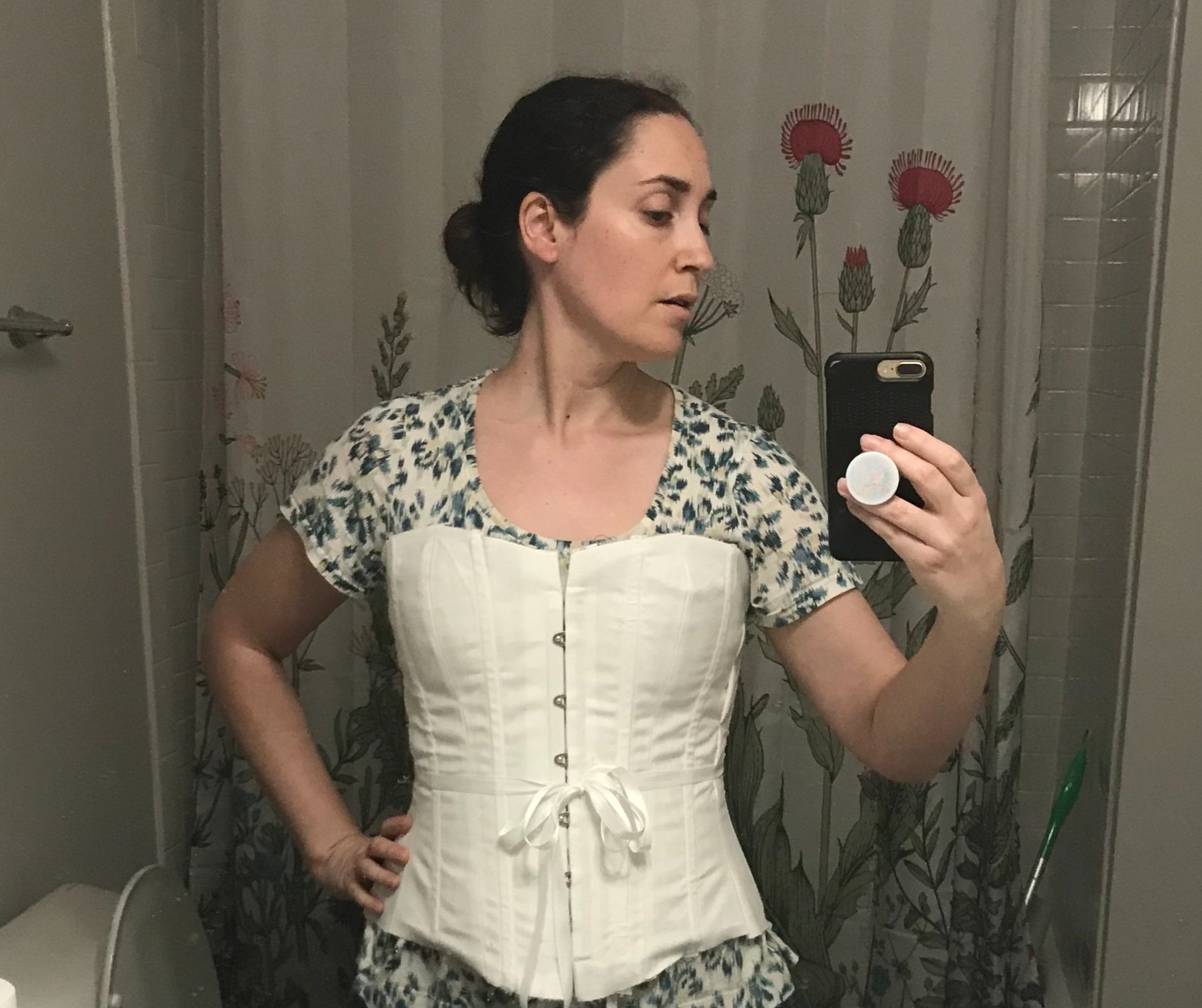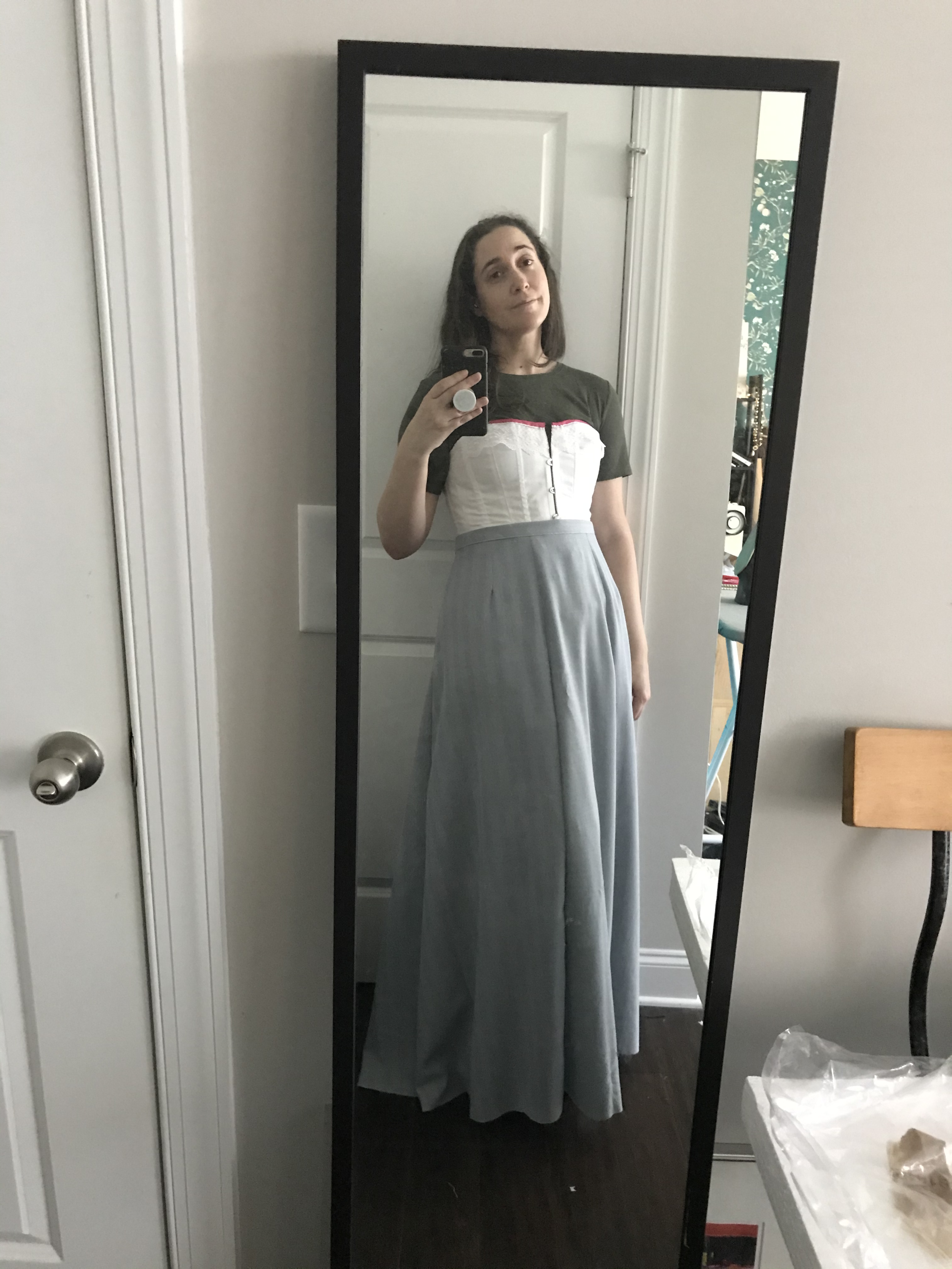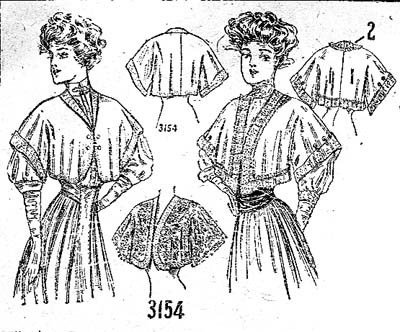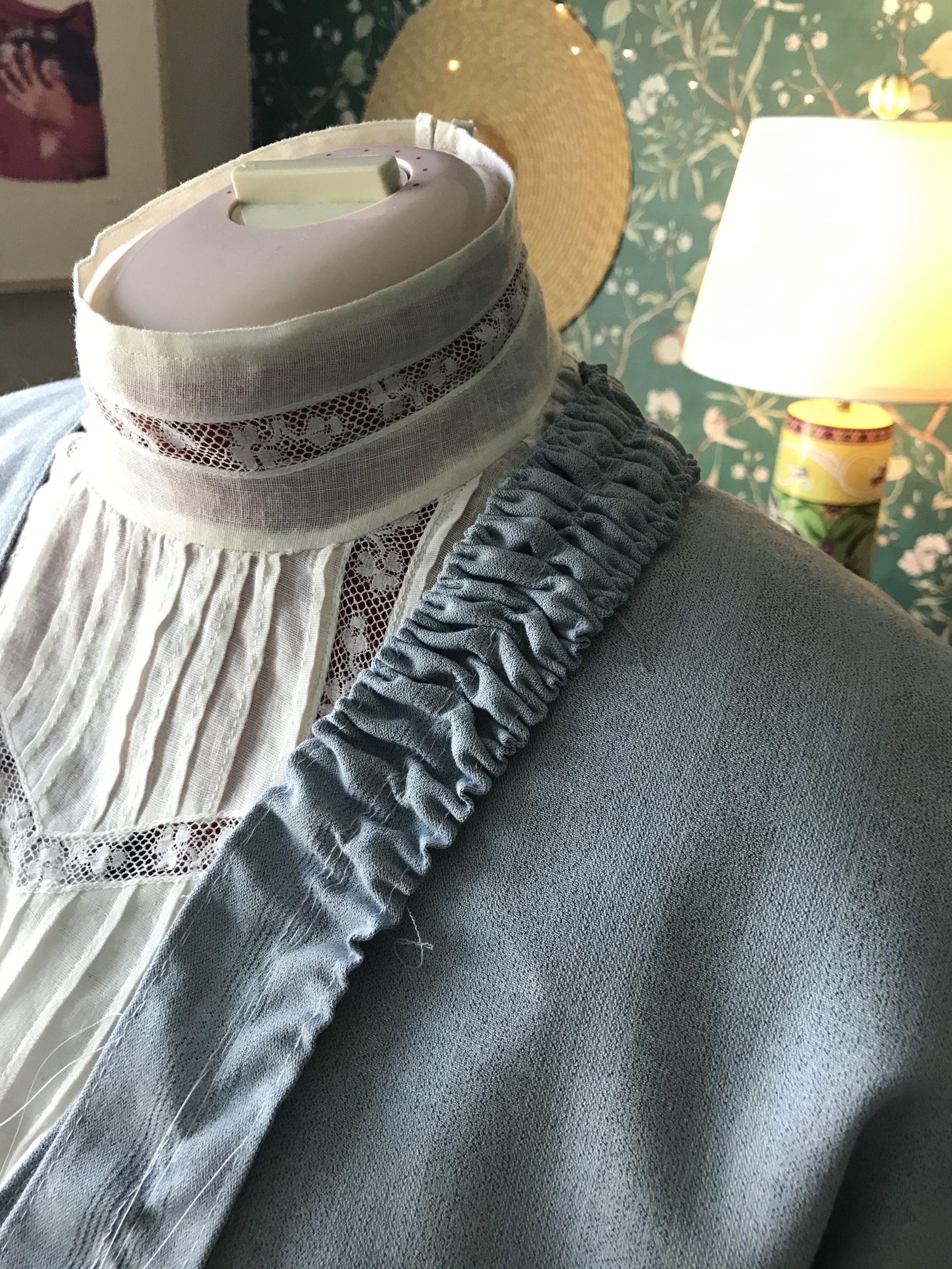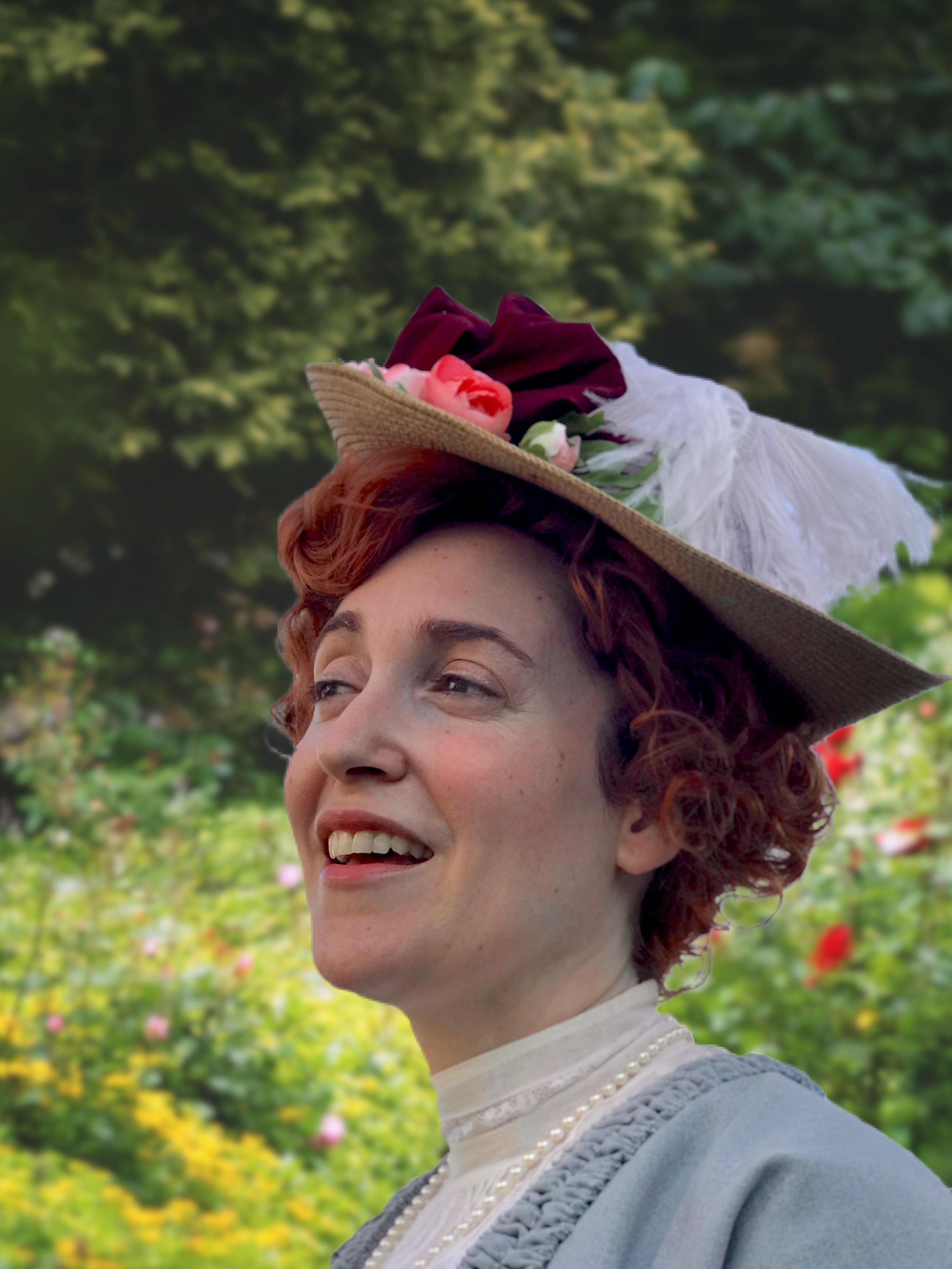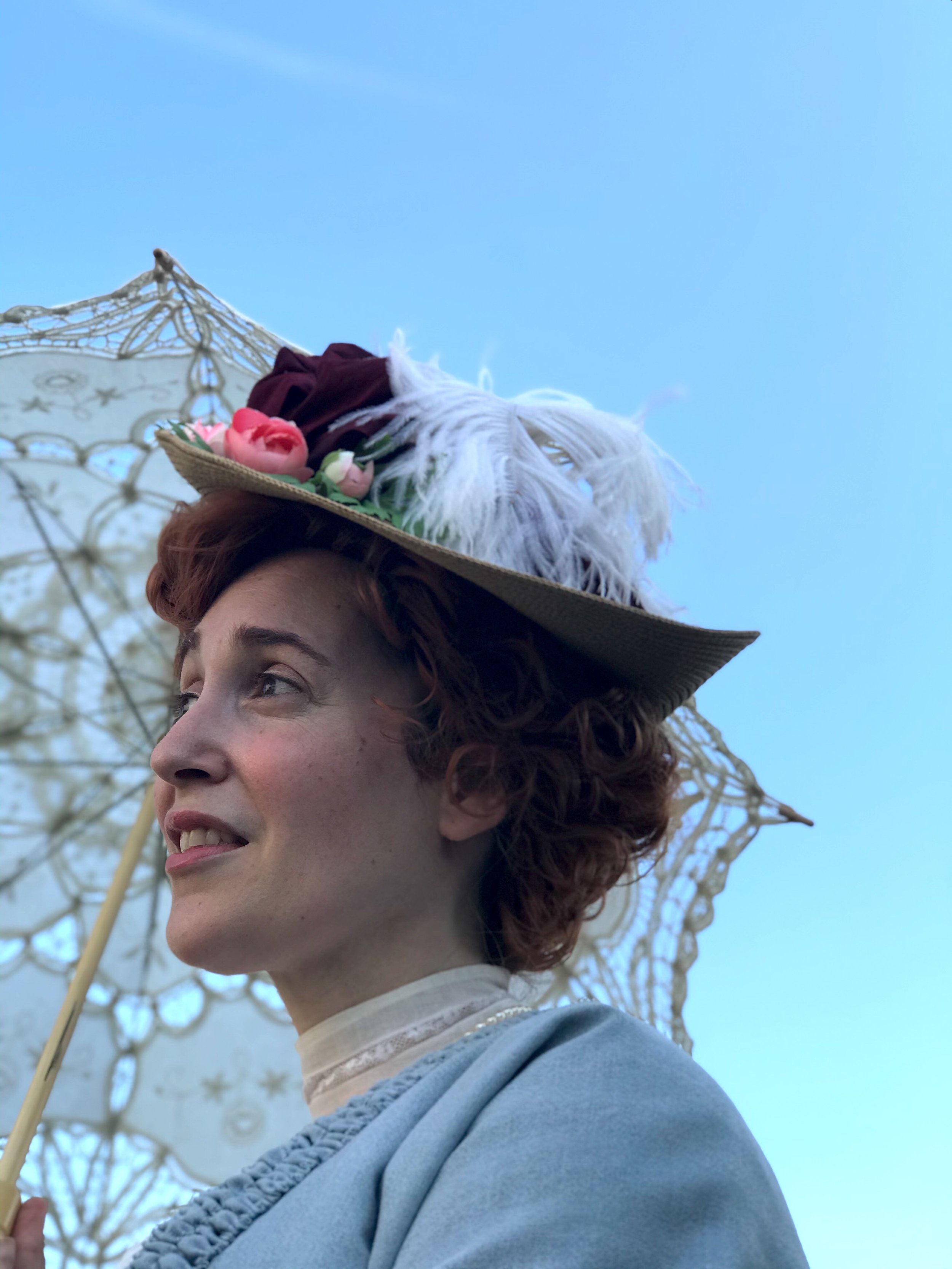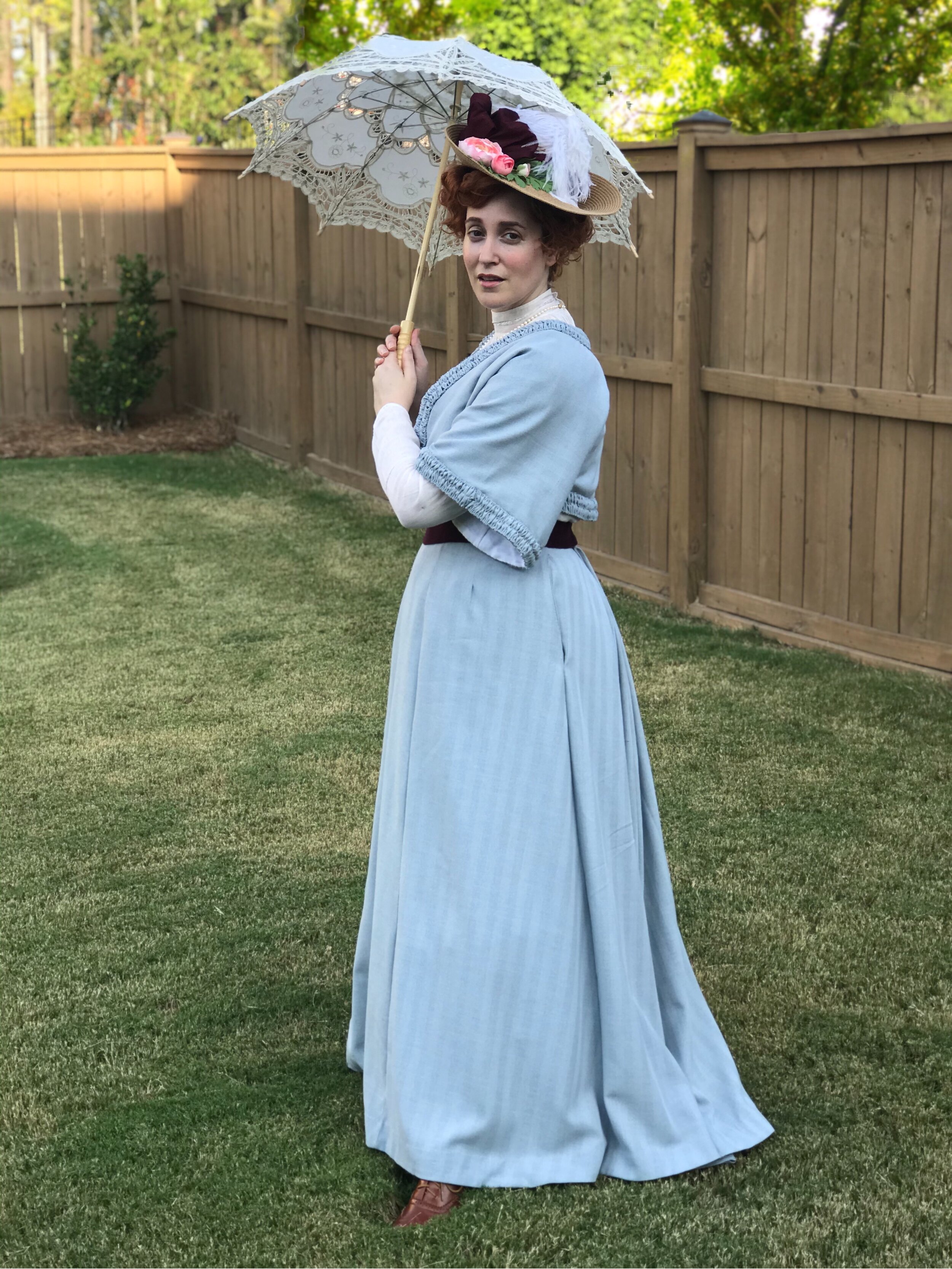Edwardian Anne of Ingleside
So much went on during the process of making this outfit. But before we get to that, let’s see what I actually made. I almost always end up buying the fabric first, and really liked the lightweight Italian wool suiting I found at fabric mart. Of course once that was purchased I had NO IDEA how many other parts there are to an Edwardian lady’s outfit. And on top of that, I tried to do it on a “budget” for a challenge, and also because so many things were going to add up quickly. The issue is… there’s no way that the final total was what I would consider “budget”. I think it ended up being something like $450 total. And that was with making several things. However, the other things I was trying to conserve were also-ahem-my sanity, time, and energy. None of which I did a great job at conserving!
On to the elements I purchased to try to save time and energy and hopefully money:
I bought…
Nightgown: https://www.amazon.com/100-Cotton-Sho...
Lace: https://www.amazon.com/ilauke-Ribbon-...
Petticoat: https://www.amazon.com/dp/B075DCMMNY/...
Zip Ties For Corset: https://www.amazon.com/dp/B07T1W1LCC/...
Corset Pattern And Kit: https://redthreaded.com/collections/m...
Wig: https://www.amazon.com/dp/B00P9QRX96/...
Shoes: https://www.amazon.com/dp/B077M7TGBF?...
Hat: https://www.amazon.com/dp/B07F12MYNP/...
Parasol: https://www.amazon.com/dp/B07QTFDWGL/...
Wool Suiting: https://www.fabricmartfabrics.com/
Shirtwaist: https://www.etsy.com/shop/KelsiVintag...
And once all of that was procured, it was time to start working on the combinations. I hacked a Victorian nightgown for this one. there was a part of me that had a fairly good idea I could do it. I will warn that I did not add closures to the crotch opening, so it was a challenge to photograph. You can check out my process of making it here:
Once those were finished it was time to work on the redthreaded corset kit I had purchased, but I also changed my mind last minute about what era I wanted for a pattern, so most of the boning wasn’t even the right length for what I needed. I purchased 1860’s at first, thinking it would be more versatile, but ended up wanting much later time period silhouette. I made it work anyways and made this “good enough” corset, which is pretty darn good for my first try:
Once that was done, I started to get rather frustrated, and I think part of it was how much I was using my sewing machine? Not to mention motivation paralysis partnered with the complete opposite: super impatience with how slow it was going and just wanting to be done already. With that messy energy I powered through all the padding elements: a bust enhancer, a hip pad, and a corset cover. The corset cover came about because I was getting tired of needing more fabric, more things. So I just cut up an old pillowcase and luckily it worked:
Once that was done, time for the walking skirt! I found this tutorial exceptionally helpful, more because of how it actually showed how to assemble pockets, something that has always been very intimidating to me: How To Draft A Walking Skirt
Success! Once I made this it became clear that the one petticoat I purchased wasn’t going to cut it for the volume in this skirt I wanted. And faced once more with the task of needing to do a ton of ruffling and assembling, I opted to just buy a ruffled bed skirt off amazon and assemble into a petticoat. I unfortunately do not have any pics of that process, but mostly it was just chopping the top half of my skirt pattern and adding the ruffled bit to the bottom.
At this point I started actually listening to the audio version of the book Anne of Ingleside and realizing that several things are messed up in that book, which I do NOT remember from my childhood. Which led me down a whole rabbit hole of realizing that many things were wrong with SEVERAL of my favorite novels as a child.
It was at this point I lost pretty much all my motivation to finish. But seeing as I had finally reached the point where I could make the trim by hand for the bolero, I decided to just do it and listen and contemplate how disorienting it is to grow up and view not just your own past, but the historical past and go: “wait, WHAT? Why did everyone think this was fine?”
The bolero was based roughly on this pic I found on a free historical pattern collection:
There was simply a sketch of what the pieces might look like, and seeing as I have no idea how people take a picture and somehow draft an actual pattern, I kinda winged it.
The belt was assembled from leftover scraps of various projects and craftily pieced together. Then it was time to make the hat, which… once again, I just looked at photos and pictures from the time and shaped it to what looked somewhat similar. With the styled wig it looks nice!
Finally, after all of that, it was time to dress up! Or did I want to? There were many thoughts going through my mind. And when we learn more about the histories surrounding the fashions we find so lovely, it’s going to be inevitable that we have to think about how our fantasies of these times can often hide some the deeper, darker truths. For me, I felt it was necessary to explore that. and I did in this video:
In the end, I think it was important to understand and learn the harder parts of the books I had grown up with, to feel that dissonance, and remember that not everything is a fairytale. Even in fairy tales (if you dig a little deeper you will see how some were actually antisemitic, but that’s a story for another day). We should learn about the difficult sides of history. It is our history whether we recognize it or not. And when we know more, we can do better now.
I hope you enjoyed my brief journey through the making of this outfit, and that it maybe helps you to think about what more you can learn about the fashions you love besides just the construction!
If you want to know more about the actual “budget” aspects of this process, I made a video about that here:




